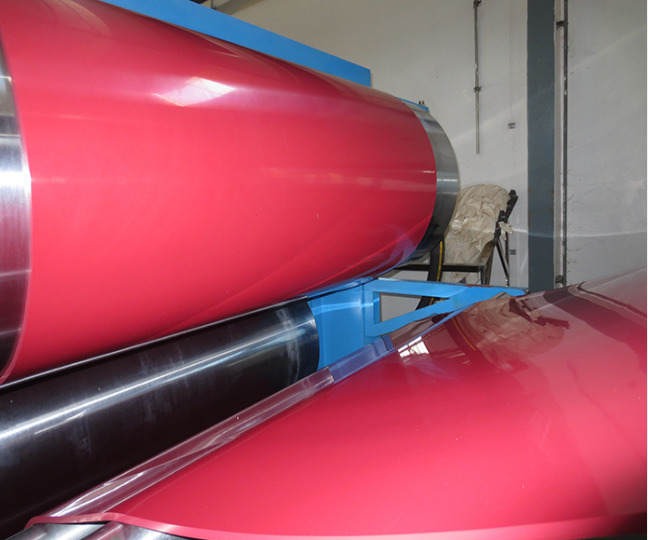
Natural rubber sheet is a common industrial material, and the temperature resistance performance is an important indicator that people care about.
We need to understand the basic properties of natural rubber.
As a high elastic body, natural rubber has excellent elasticity and high mechanical strength at room temperature, which makes it widely used in many fields. However, when the ambient temperature changes, the performance of natural rubber will also be affected. Specifically, the glass transition temperature of natural rubber is -72°C, which means that it will become hard and brittle below this temperature, losing its original elasticity. In the heated case, natural rubber will gradually soften, start flowing around 130-140°C, and start decomposing around 200°C, and undergo violent decomposition around 270°C. Therefore, in practical applications, in order to maintain the integrity and function of the material, it is recommended to use the highest temperature of around 100°C.
How can we deal with the challenges that natural rubber may face in high temperature environments?
On the one hand, the thermal resistance of natural rubber can be improved by physical or chemical modification methods. For example, by adding specific fillers or cross-linking agents to enhance its stability at high temperatures.
On the other hand, suitable material combinations can be selected according to the application requirements. In some cases, if natural rubber cannot meet the high temperature requirements, consider using high-temperature-resistant synthetic rubber or other high-performance polymers as an alternative.

